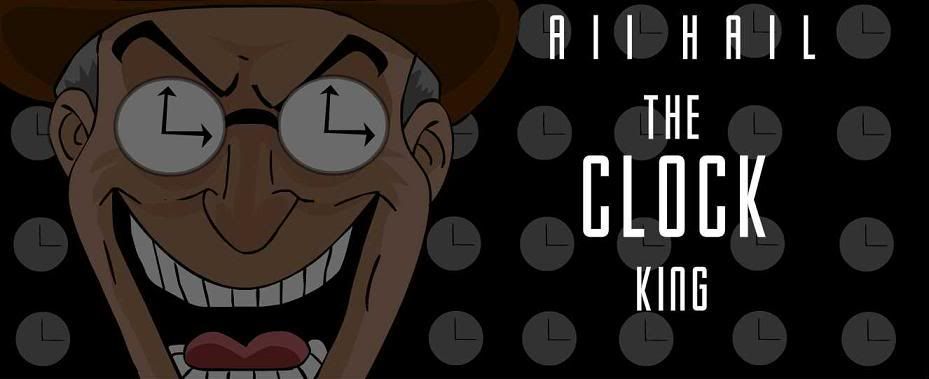I enjoy a nice Fall (or even early Winter) walk. I live in the beautiful and vibrant city of Lexington KY. It's a largely urban city so I spend a lot of time crossing crosswalks. Crosswalks have a numerical countdown... I love number problems!
Times obviously weren't a set number so either they're set randomly by whomever is setting them up or there is a pattern. I figured it had something to do with the account of traffic in an intersection (cars/hr or something equivalent). I started looking in the usual places for the stoplight/crosswalk light information I was looking for /r/datasets, data.gov, etc. It wasn't until I started glancing into city municipal data for various larger cities that I discovered that the math was already done for me!
T = d/1.065
T = Crosswalk time in seconds
d = Distance in meters
d = Distance in meters
The 1.065 m/s (3.5 ft/s) comes from a study done in 1982 regarding mobility of pedestrians. Generally speaking the speed of the average pedestrians is around 1.22 m/s but a longer time is factored for walking speed to give time to elderly walkers and pedestrians with mobility disabilities (which accounts for about 15% of the population). So now every time you cross a street you can think to yourself how long the crosswalk (and thusly stoplight) SHOULD be and be able to roughly calculate if that's accurate!
Now given the dataset that I just got access to the other day (upcoming viz VERY soon, I promise) I'm now wondering if I could time it based on light changes to walk to work hitting every single crosswalk at the correct time based on the distance between lights, crosswalk distance, and light timing. It's moments like this that I think I'm steadily becoming this guy:
Like I said, new viz regarding stop light data is coming very soon...
* Most of the municipal data for this post is pulled from this site: http://www.fhwa.dot.gov/environment/bicycle_pedestrian/publications/sidewalk2/sidewalks208.cfm




No comments:
Post a Comment